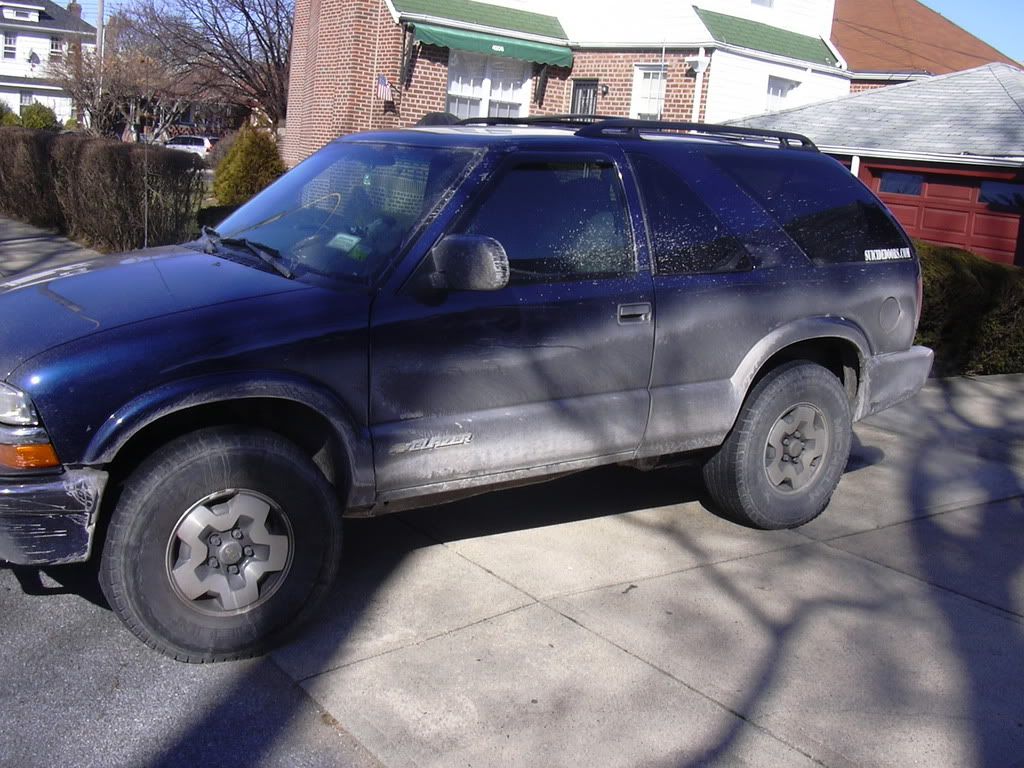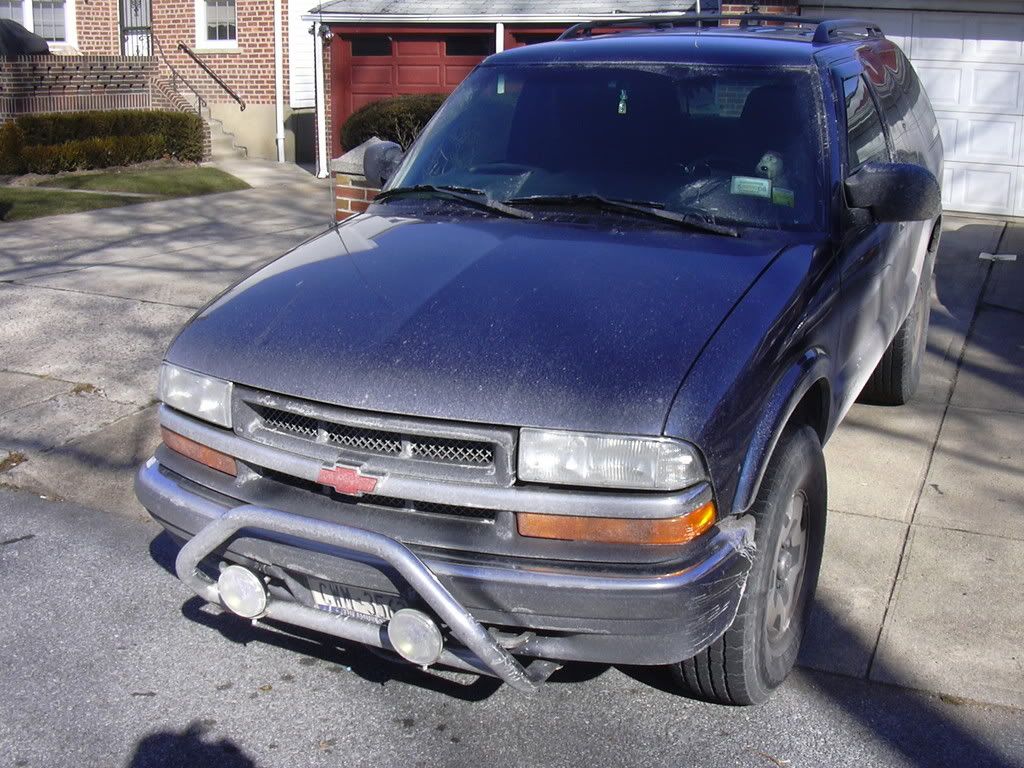Living in Oregon and probably applies to other States. The highway crews not only use red cinders to prevent slidding (they are good for breaking windshields and rock chipping your ride) but they are putting down a "liquid salt." It does melt snow and ice down to 22 degrees. However, driving through this junk, you can watch the "salt spray" sticking to the sides of your vehicle. Can't see it, but it also covers every square inch of the underside of a vehicle.
I can take care of the underside with a 3000 psi pressure washer. What I am looking for, after I finish washing, claying, etc a vehicle, getting ready to do a thorough exterior detail, is some kind of a product that you can either put down first OR apply after the detail that will either take salt off the paint or prevent all of it from sticking to the vehicle. I saw such a product last summer, online, but was to stupid to buy it then and more stupid to not have bookmarked the site.
I have a two week old 2014 Rubicon jeep (white), a 2013 Toyota Avalon (some kind of green? color) and a 2012 Dodge Diesel 4x4 (metallic silver).
The jeep doesn't show the salt very much. Other two vehicles ~ you can see this white junk down the entire sides.
After driving on this salt, I have to break out my pressure washer and get as much salt off as possible. However, this product I saw claimed to prevent it from sticking in the first place.
Anybody seen such a product or know about any?
I can take care of the underside with a 3000 psi pressure washer. What I am looking for, after I finish washing, claying, etc a vehicle, getting ready to do a thorough exterior detail, is some kind of a product that you can either put down first OR apply after the detail that will either take salt off the paint or prevent all of it from sticking to the vehicle. I saw such a product last summer, online, but was to stupid to buy it then and more stupid to not have bookmarked the site.
I have a two week old 2014 Rubicon jeep (white), a 2013 Toyota Avalon (some kind of green? color) and a 2012 Dodge Diesel 4x4 (metallic silver).
The jeep doesn't show the salt very much. Other two vehicles ~ you can see this white junk down the entire sides.
After driving on this salt, I have to break out my pressure washer and get as much salt off as possible. However, this product I saw claimed to prevent it from sticking in the first place.
Anybody seen such a product or know about any?



